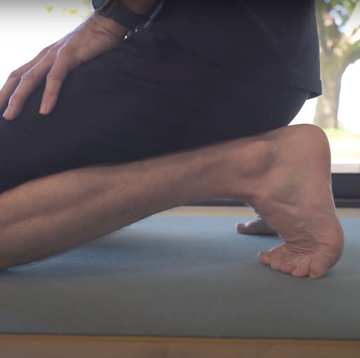If strength work is one of those parts of training that leaves you aimlessly wandering the gym, then a study recently published in the How to tackle tight hamstrings Published: 29 November 2019 knee down.
The study analysed data from 14 international championships between 2007 and 2018, to see what types of injuries affected which types of athletes - and how prevalent they were.
From a total of 8925 male and 7614 female registered athletes, 928 injuries were reported in male and 597 in female athletes.
While thigh muscle injuries were the main diagnoses in sprints, hurdles, jumps, combined events and race walking; lower leg skin injuries in middle and long distance running (possibly from athletes scraping their spikes on each other in a pack), and trunk muscle injuries in throwers, however marathon runners suffered mostly from lower leg muscle injuries, the researchers found.
It’s not surprising given how much impact force you put through your legs on the run. Numerous studied have shown that when you walk the impact force going through your legs is 1-1.5 times your body weight – but when you run that figure rockets to 3-4 times your body weight. Step after step after step. Factor in that, er, ‘unusual’ gait of yours and all the muscles working in sync to absorb shock, stabilise the rest of your body and help keep moving you forward, and you can see it’s critical to stay on top of the lower leg self-care to avoid extended periods out of action.













